Teenager’s school project achieves plasma
Cesare Mencarini’s recent extended project qualification (EPQ) earned him an “A” for his studies in the United Kingdom—and became, it is believed, the first nuclear reactor built in a school environment.

A message from Goodway Technologies
Optimizing Maintenance Strategies in Power Generation: Embracing Predictive and Preventive Approaches
Cesare Mencarini’s recent extended project qualification (EPQ) earned him an “A” for his studies in the United Kingdom—and became, it is believed, the first nuclear reactor built in a school environment.
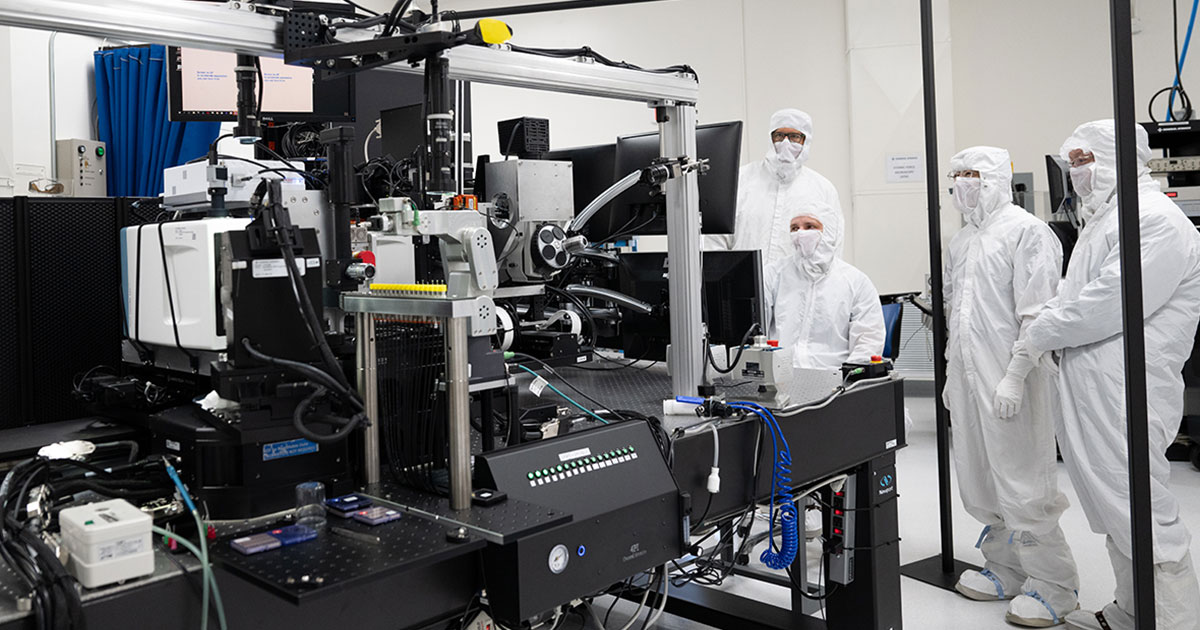
The National Ignition Facility (NIF) at Lawrence Livermore National Laboratory has achieved fusion ignition at least five times, each time by directing its 192 high-powered lasers on a capsule containing a tiny, 2-millimeter target filled with hydrogen fuel. Not every shot achieves ignition, however. Tiny imperfections in the targets can mean fizzle, not fusion. But each of the targets used in successful experiments to date have something in common: they were characterized and selected by the 4Pi Integrated Metrology System, a new measurement system developed by General Atomics. Now, the team behind that system is being recognized.
GA announced last week that its Metrology Research and Development team had won the 2024 "Team of the Year" R&D 100 Professional Award from R&D World. The magazine that each year announces the R&D 100 awards that have been dubbed the “Oscars of Innovation” also selects just one “Team of the Year” and announces that award together with four other professional awards.
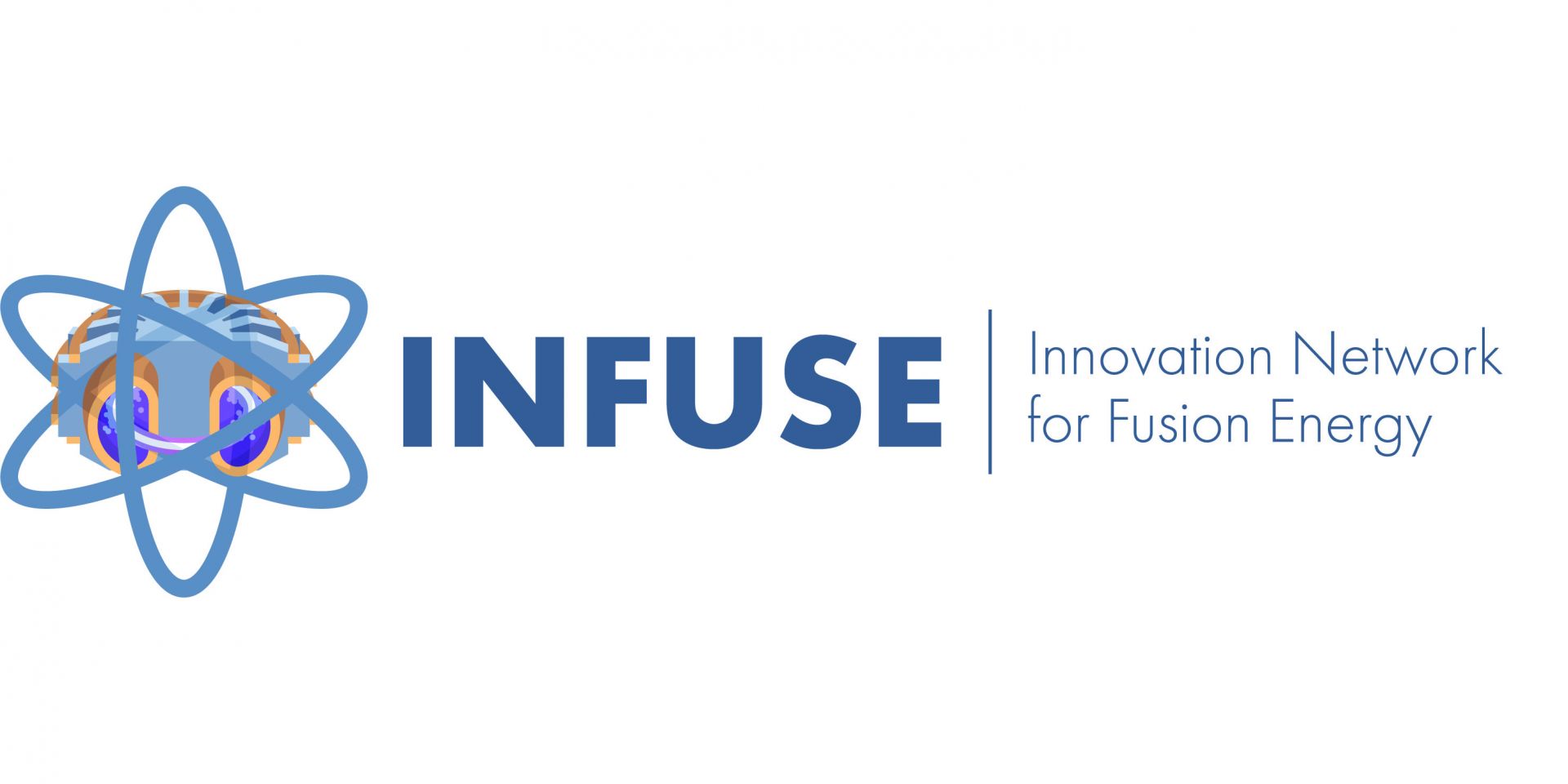
The Department of Energy yesterday announced 17 awards totaling $4.6 million for projects at private fusion companies in cooperation with U.S. national laboratories and universities through the Innovation Network for Fusion Energy (INFUSE) program. Each one- to two-year award ranges from $100,000 to $500,000.

JT-60SA (Japan Torus-60 Super Advanced) is the world’s largest superconducting tokamak device. Its goal is the earlier realization of fusion energy (see Fig. 1). Fusion is the energy that powers the Sun, and just 1 gram of deuterium-tritium (D-T) fuel produces enormous energy—the equivalent of 8 tons of crude oil.
Last fall, the JT-60SA project announced an important milestone: the achievement of the tokamak’s first plasma. This article describes the objectives of the JT-60SA project, achievements in the operation campaign for the first plasma, and next steps.

Japan’s recent moves to boost fusion power in the nation’s energy plan and accelerate the timeline for a prototype fusion power plant come in response to increased global attention on fusion energy. Even as ITER faces delays, more than 40 private fusion developers are pursuing different technologies and competing for attention. And so are other countries, including the United Kingdom, which announced its plans for a fusion pilot plant back in 2019. Fusion companies and nations alike are responding to a growing sense that there is a race—or at least collective momentum—to commercialize fusion energy.

It’s possible to describe fusion in simple terms: heat and squeeze small atoms to get abundant clean energy. But there’s nothing simple about getting fusion ready for the grid.
Private developers, national lab and university researchers, suppliers, and end users working toward that goal are developing a range of complex technologies to reach fusion temperatures and pressures, confounded by science and technology gaps linked to plasma behavior; materials, diagnostics, and electronics for extreme environments; fuel cycle sustainability; and economics.

The magnetic mirror fusion concept dates to the early 1950s, but decades ago it was sidelined by technical difficulties and researchers turned to tokamak fusion in their quest for confinement. Now it’s getting another look—with significantly more powerful technology—through WHAM, the Wisconsin HTS Axisymmetric Mirror, an experiment in partnership between startup Realta Fusion and the University of Wisconsin–Madison.
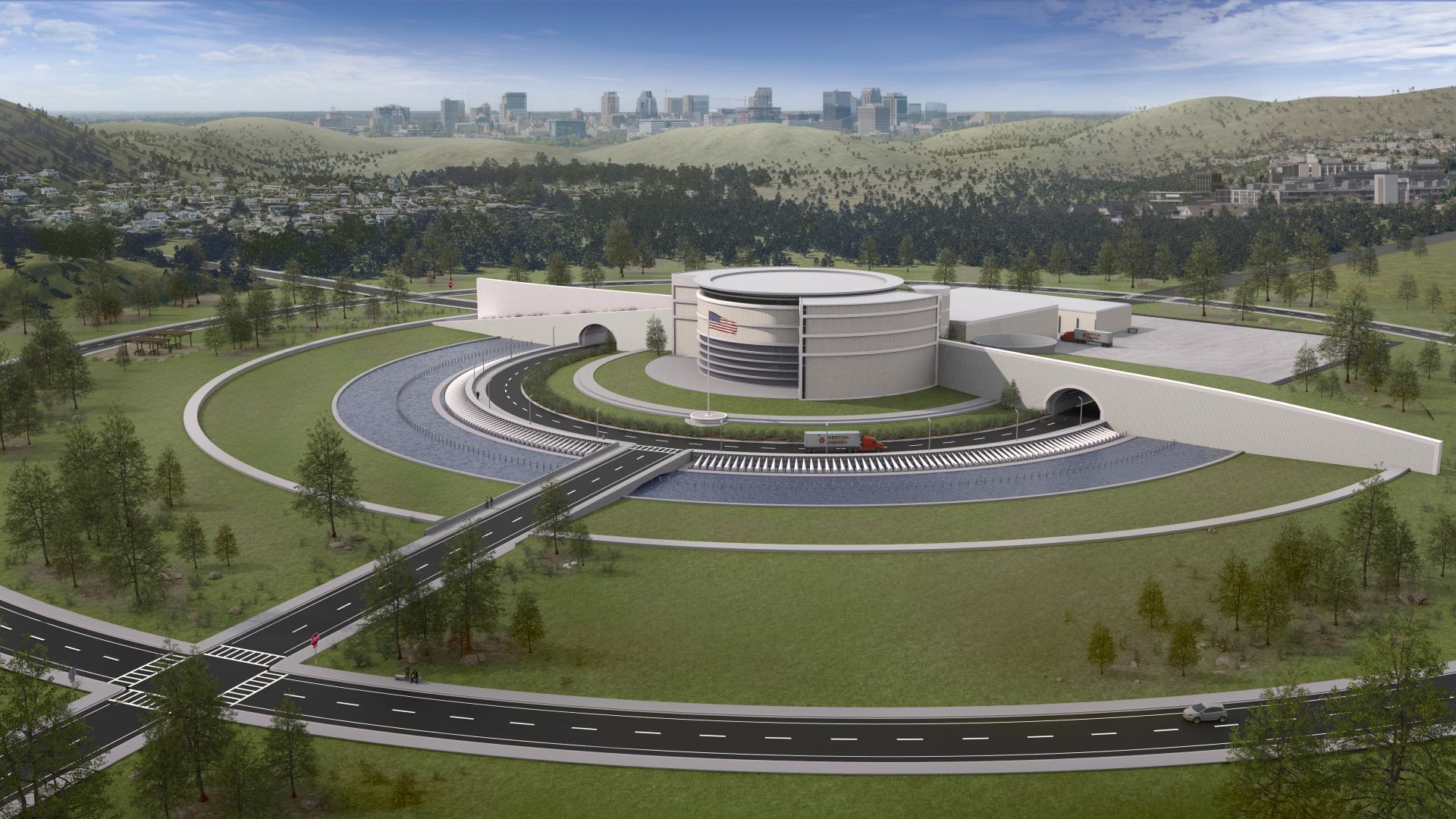
It was a laser shot for the ages. By achieving fusion ignition on December 5, 2022, Lawrence Livermore National Laboratory proved that recreating the “fire” that fuels the sun and the stars inside a laboratory on Earth was indeed scientifically possible.
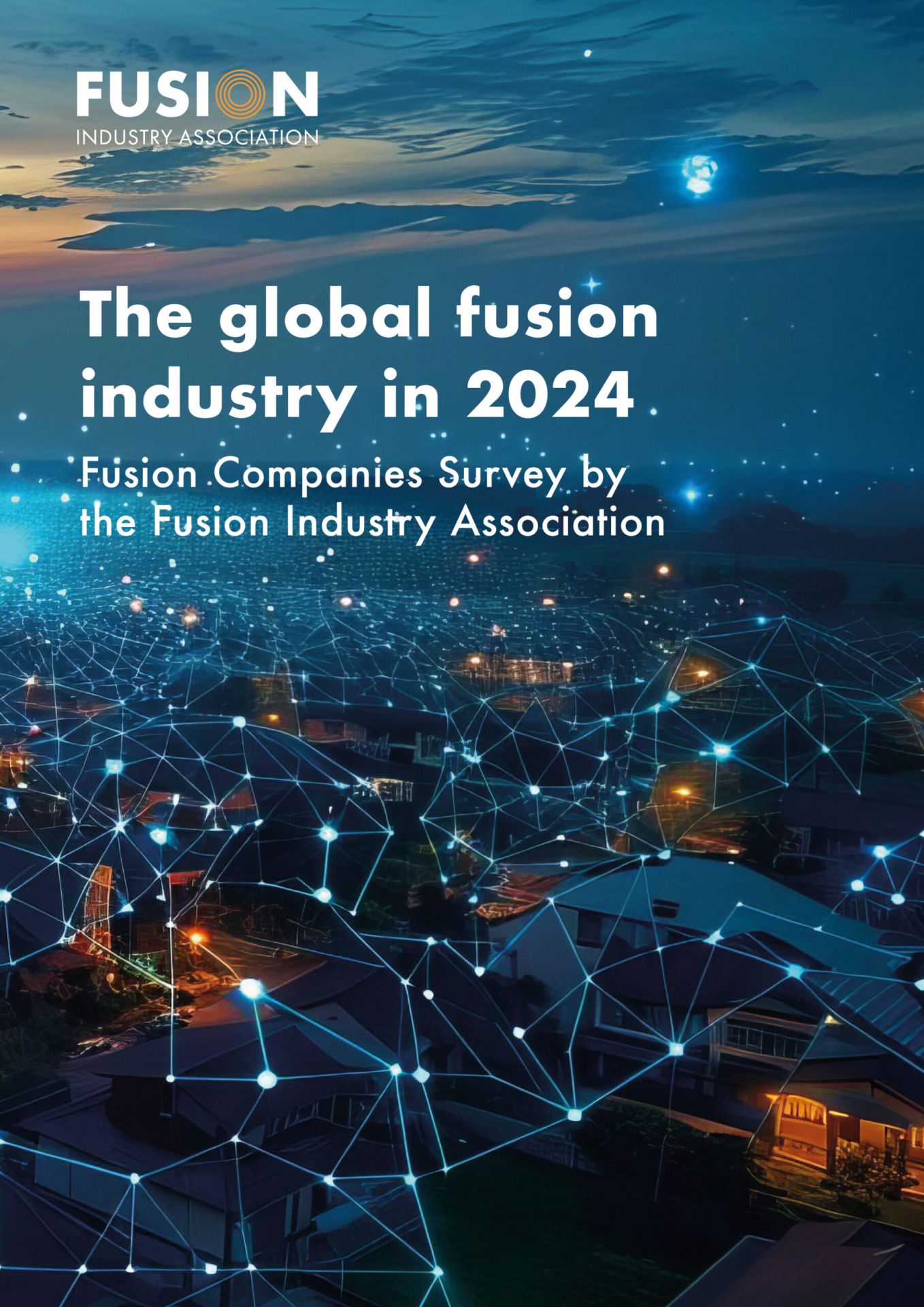 Following new federal funding and programs announced in June to support a “bold decadal vision” for fusion energy in the United States, and the enactment of the Fusion Energy Act in July, fusion energy trade group the Fusion Industry Association has released its latest annual survey of fusion companies: The Global Fusion Industry in 2024.
Following new federal funding and programs announced in June to support a “bold decadal vision” for fusion energy in the United States, and the enactment of the Fusion Energy Act in July, fusion energy trade group the Fusion Industry Association has released its latest annual survey of fusion companies: The Global Fusion Industry in 2024.
This fourth annual report includes responses from three companies that were not surveyed in 2023 as well as an additional $900 million of reported funding in the past year. That’s growth—but growth that falls short of the “bold” expectations set by the eye-popping $2.8 billion of funding reported by private companies in 2022, as media outlets—including Reuters, with the headline “Global Fusion Energy Investment Growth Falls for Second Year”—were quick to point out.
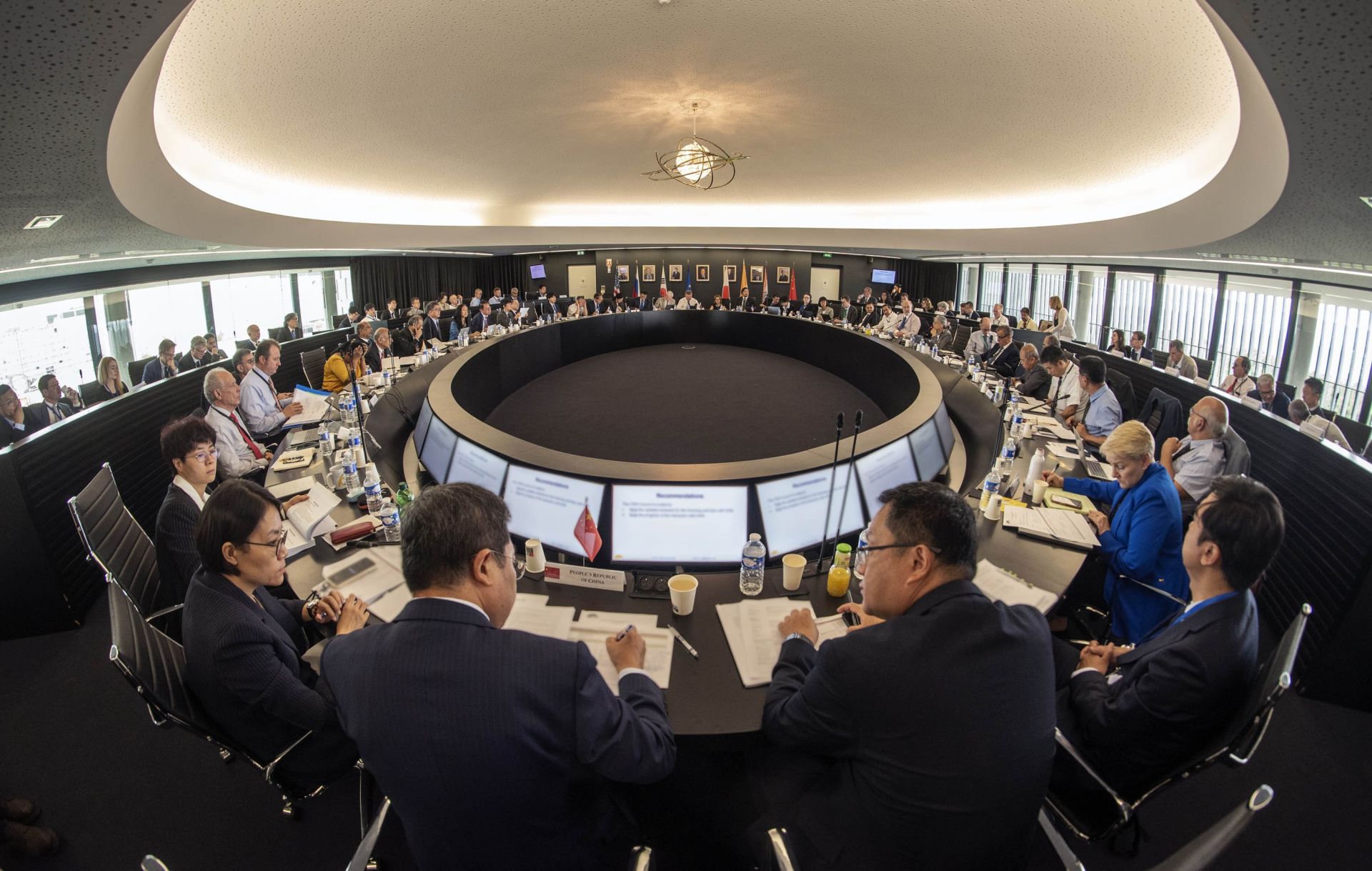
At the 34th ITER Council Meeting, held June 19–20, ITER director general Pietro Barabaschi reported on ITER’s progress and presented an updated baseline proposal that would “prioritize the start of substantial research operations as rapidly as possible.”